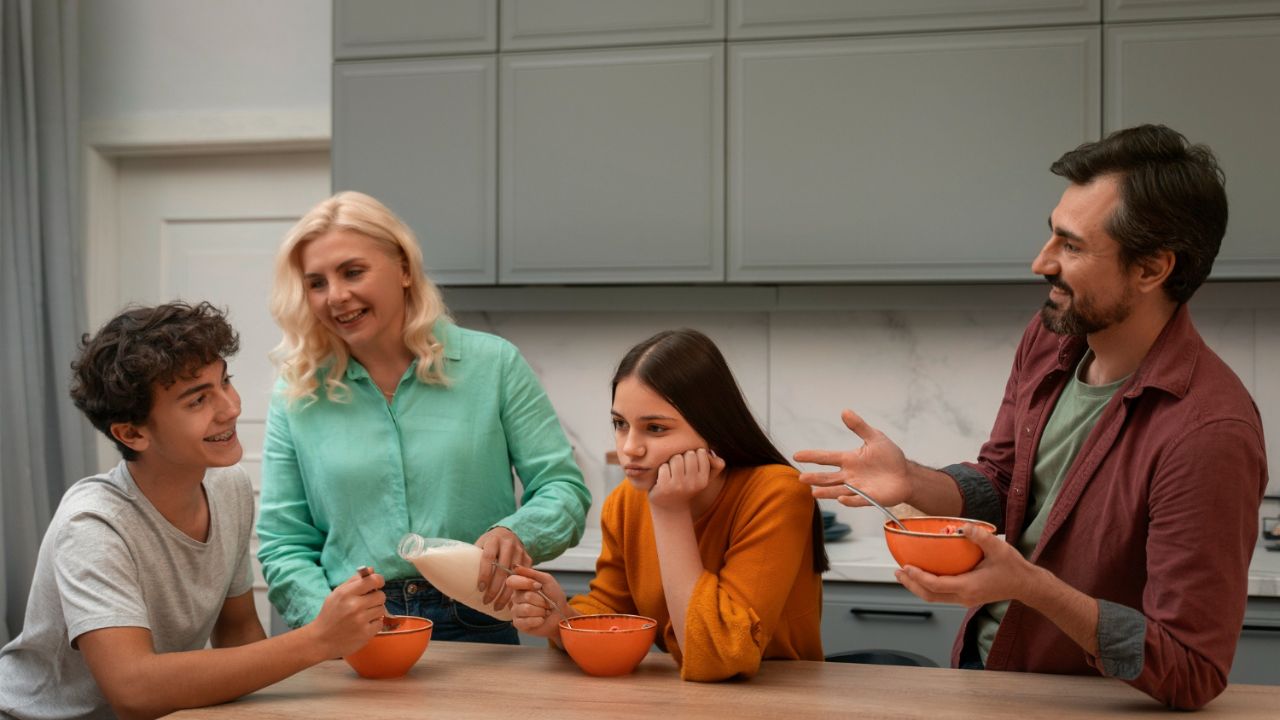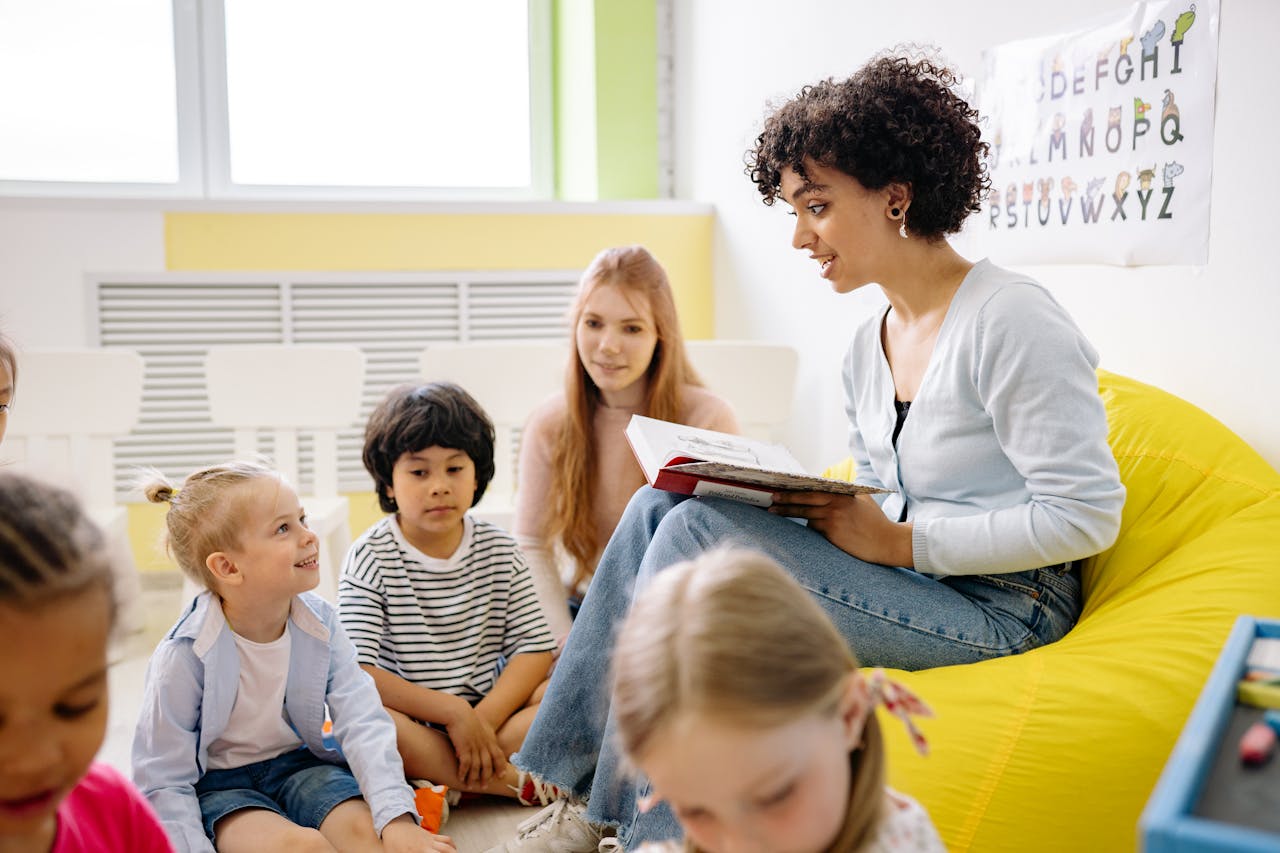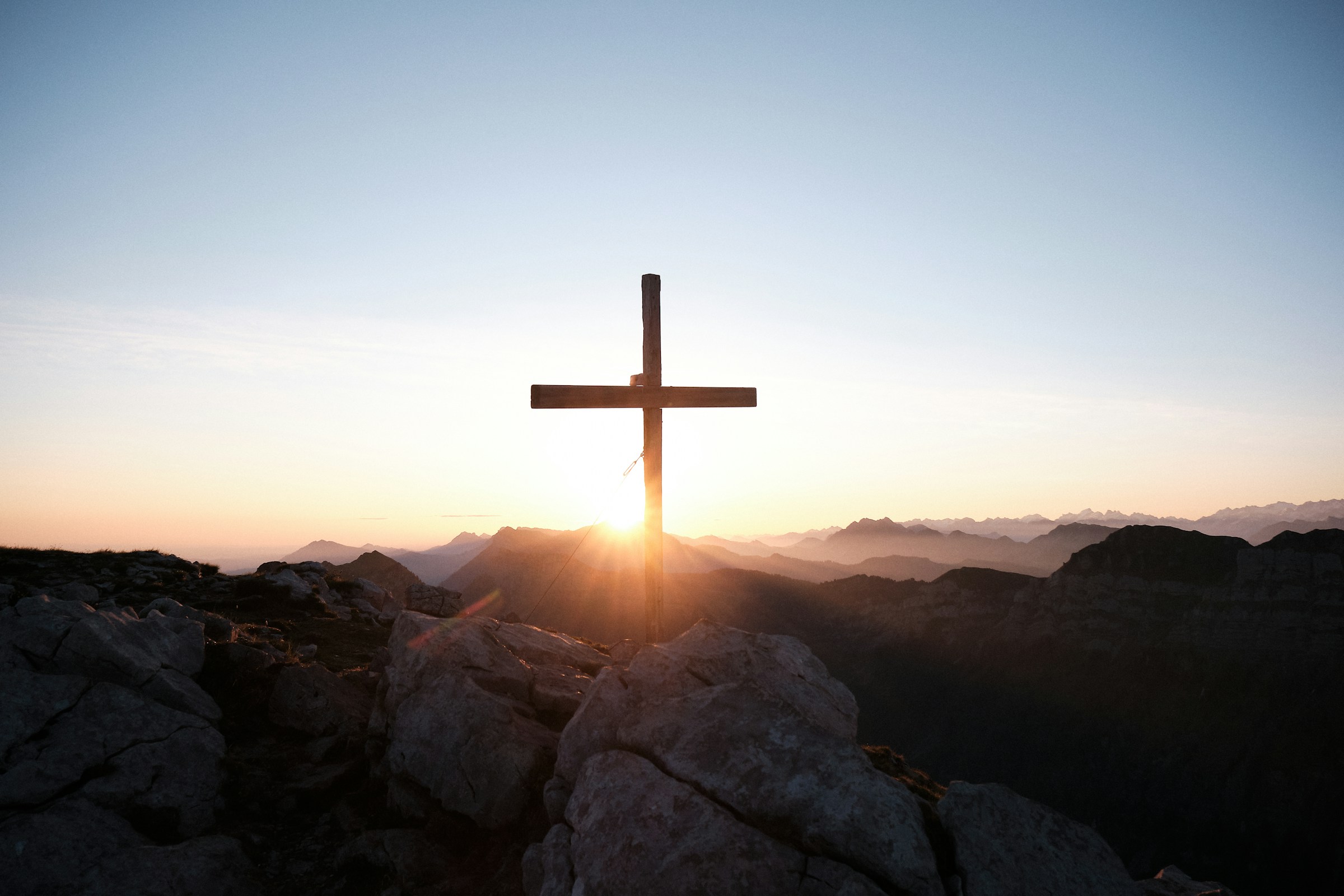They used to be punchlines or prodigies, kids at the kitchen table mastering Latin before lunch or missing out on prom. Then something shifted. Homeschooling stopped being a quirky subculture and became a serious option that families now weigh beside public and private school. Pop culture set a stereotype, but the numbers speak louder. Millions of children now learn outside classrooms. That forces a harder question. Is this good for kids or just an escape from systems that feel stuck.
Here is the thing. Families did not wake up and rebuild schooling for fun. Pressure built for years through crowded classes, rigid pacing, and thin support for complex needs. The pandemic cracked routines and revealed both strong teachers and persistent gaps. Some children thrived without hallways and bells. Others struggled to restart when buildings reopened. The result is a choice that feels both practical and polarizing. It offers relief for some and risk for others.
From Punchline To Plausible How We Got Here

Homeschooling still carries an image problem, yet growth has outpaced the jokes. In the United Kingdom the count has climbed sharply across the last decade and more than doubled since the late twenty tens. Belgium and France report similar curves. The United States sits on another scale with several million home educated students. This is no fringe. It is a parallel path built by families who decided the default did not fit their child.
Culture still shapes expectations. Films and social feeds often paint homeschoolers as hermits or prodigies. Reality is mixed. Many families are ordinary and pragmatic. They stitch together curricula, tutors, online classes, co ops, museum days, and exam prep. They meet standards where required, then personalize beyond them. The real story is customization more than ideology, even if ideology sometimes rides along.
The Pandemics Long Shadow
School closures left marks that never fully faded. Attendance lagged far below pre twenty twenty baselines, and severe absence rose. Missed days compound. The longer a child is out, the harder it is to reconnect.
Trust also eroded as policies changed weekly. Parents concluded the system could not flex around their child.
At home some learners found calm. Short focused bursts of study paired with rest produced better work and fewer meltdowns. Families asked why they should return to a model that had not served them.
Politics poured fuel on slow burns. Fights over masks and vaccines bled into curriculum and values. Parents who felt unheard reached for the lever they could pull. Homeschooling gave them control that did not require a district meeting.
One Familys Pivot

One mother watched two daughters loosen their shoulders at home. The older had battled disordered eating that flared in school hallways and quieted in a calmer routine. The younger rediscovered reading and music and stopped waking with dread. When the return bell rang, both were miserable. The parents hired tutors for exams and built a home timetable for core subjects. It was draining and costly, but the girls stabilized and then excelled.
Stories like this are common among families who stay the course. The decision rarely starts with a grand theory. It grows from lived experience. Home works when parents remove frictions that were chewing a child up and they replace them with time, safety, and attention. The trade is effort and money for fit and well being.
Why Parents Opt Out Now
Confidence in local schools matters. If a child melts down each morning, if a gifted musician is invisible in a class of thirty, if an ADHD or autism diagnosis meets waitlists, trust erodes. Parents ask a plain question. If they already coordinate therapists and reteach at night, why not take the wheel and build a day around what the child needs.
One family split the week with another household. They traded instruction and supervision. A seven year old with severe ADHD could move often and reset without stigma. A ten year old with strong musical talent practiced at peak focus and shifted to math when fresh. Online communities filled gaps with plans and tips.
Not every home can do this. Time is the currency and not all parents can spend it. Some lean on part time work, grandparents, or staggered shifts. Others cannot sustain it and return to school. The imbalance matters. When an option requires a parent at home, it favors those with that flexibility and leaves others to press for better support inside schools.
Two myths need a check. Isolation is not inevitable. Co ops, teams, Scouts, choirs, coding clubs, and service groups fill calendars. Academic rigor is not absent. Many sit standardized exams, take community college classes early, or follow accredited online syllabi. The floor varies, which is exactly what sparks calls for oversight.
The Social Question Does Not Go Away

Community solves a lot but not everything. Some tweens and teens love the quieter rhythm and mixed age learning. Others crave noise and crowd energy. A homeschooled fifteen year old who stayed close to friends in school described missing plays, holiday events, and hallway gossip that no co op can fully replicate. Celebrations make the ache sharper. Traditions are social glue, and watching them from the outside can feel like loss.
Phones magnify the gap. Streams of group chats and short videos from homeroom create a window pressed against glass. Parents may be all in on home education while the teen is not. The fix is to widen the social field with teams, clubs, and unstructured time with peers. Sometimes the honest answer is to revisit the choice if belonging suffers.
Values Politics And The Curriculum Wars

Motives split by country and community. In the United States many families cite moral and religious instruction as central. In the United Kingdom academic and well being concerns lead, though values still weigh in. A wider culture fight spills into classrooms. Some parents see schools as captured by progressive politics. Others see schools retreating from pluralism. Both groups turn to the same solution and teach at home.
Public health debates cross those lines. A minority unhappy with vaccination rules or health protocols exited traditional schools. Others wanted steadier routines during closures and waves. Values shape maps. That part is not new, but the scale is larger and the arguments louder.
Safeguarding And The Case For Oversight
Growth brings responsibility. High profile tragedies where children were harmed while out of school have intensified calls for clearer oversight and better data on who is learning at home. Advocates for responsible home education argue for basics such as registration, light reviews, and a path for authorities to intervene when children vanish from view. The vast majority of parents act in good faith. Policy is about the rare cases where they do not.
It helps to separate transparency from control. A simple register and periodic check ins can coexist with freedom over pacing, materials, and pedagogy. The aim is not to clone public schools in living rooms. It is to ensure that every child is safe, visible, and progressing. Honest families then know what is expected, and red flags are less likely to be missed.
A middle path respects autonomy and sets a floor. That means clear expectations, simple reporting, and support when families ask for help. It also means funding services that reduce the pressure to exit school for reasons that should be fixable inside the system.


